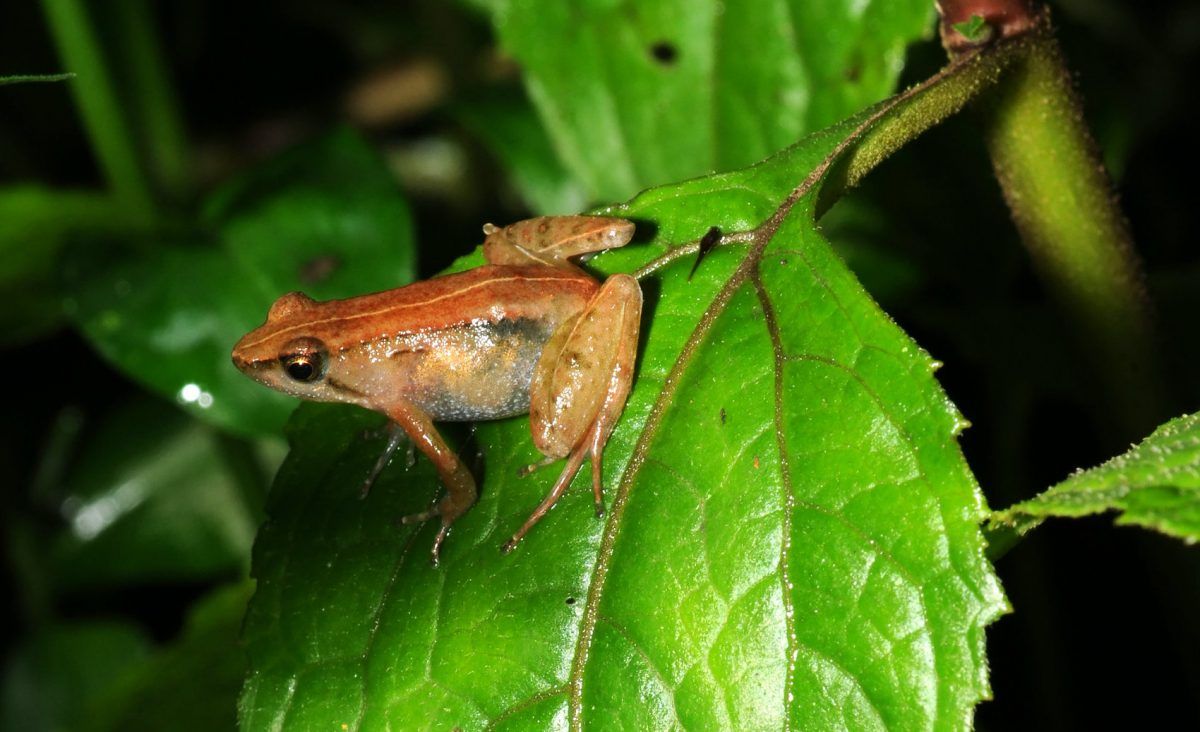
A tiny new frog species has been discovered on a remote Ethiopian mountain.
Researchers found it while exploring an isolated mountain in south western Ethiopia where some of the last primary forest of the African country remains.
Bibita Mountain was under the radar for several years due to its isolation, and no zoologist had ever explored it before.
The new frog was found by Postdoctoral Associates Sandra Goutte and Jacobo Reyes-Velasco, of NYU Abu Dhabi.
Dr Reyes-Velasco, who initiated the exploration of the mountain, said: “Untouched, isolated, and unexplored: it had all the elements to spike our interest.
“We tried to reach Bibita in a previous expedition in 2016 without success. Last summer, we used a different route that brought us to higher elevation.”
Their paper, published in the journal ZooKeys, reports that the new, tiny frog, 17 millimetres (two-thirds of an inch) for males and 20 mm (0.78 inches) for females, is unique among Ethiopian puddle frogs.
It has a slender body with long legs, elongated fingers and toes, and a golden colour, setting the species apart from its closest relatives.
Dr Goutte said: “When we looked at the frogs, it was obvious that we had found a new species, they look so different from any Ethiopian species we had ever seen before.”
The research team sequenced tissue samples from the new species and discovered that Phrynobatrachus bibita sp. nov. is genetically different from any frog species in the region.
Lead researcher Professor Stéphane Boissinot, NYU Abu Dhabi Programme Head of Biology, has been working on Ethiopian frogs since 2010.
He said: “The discovery of such a genetically distinct species in only a couple of days in this mountain is the perfect demonstration of how important it is to assess the biodiversity of this type of places.”
He added: “The Bibita Mountain probably has many more unknown species that await our discovery.
“It is essential for biologists to discover them in order to protect them and their habitat properly,”